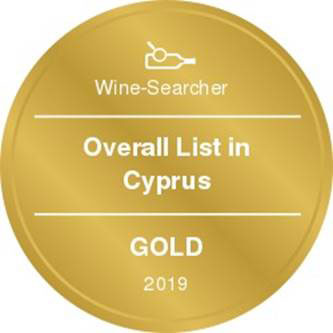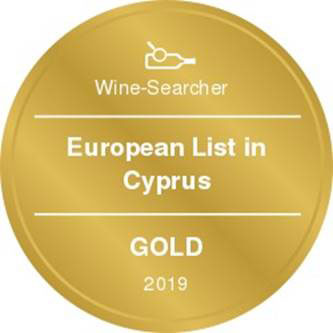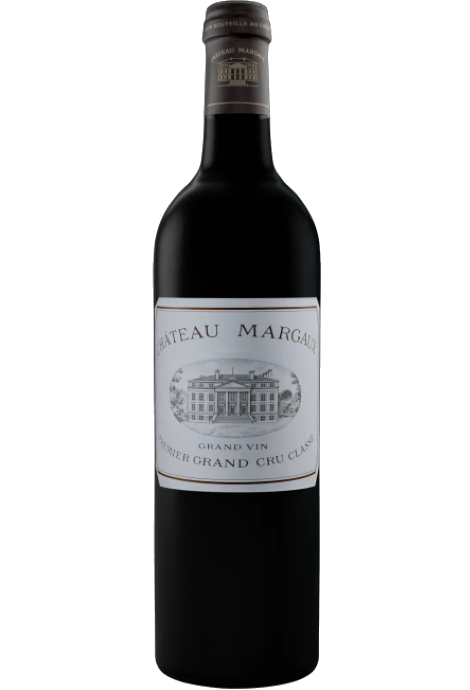CHATEAU MARGAUX 2017
Country: France, Bordeaux, Margaux
Grape Varieties: 89% Cabernet Sauvignon, 8% Merlot, 2% Cabernet Franc, 1% Petit Verdot
Grape Varieties: 89% Cabernet Sauvignon, 8% Merlot, 2% Cabernet Franc, 1% Petit Verdot
Scores:
98/100 Rober Parker
95/100 Wine Spectator
97/100 Vinous Antonio Galloni
"There is ripeness and opulence to this, in an almost exotic and sassy way. Crushed berries with chocolate and spice. Floral and cashmere undertones. This starts off slowly and just rolls off the palate with beautifully polished tannins and a salty, minerally note to the long, extended tannins. Really brilliant. So classy. Structured. Try after 2025."
Score: 99 James Suckling, JamesSuckling.com, January 2020
The quality of Château Margaux 2017 comes close to its illustrious predecessors without pretending to rival the generosity of 2015 or the elegance of 2016. Nonetheless, it has a rightful place in the estate’s lineage of great vintages: it is profound, complex, intense and long. In some respects, it even surpasses our hopes following September’s rainfall and demonstrates yet again to what extent great terroirs are capable of transmitting all their best qualities into the wine.
98/100 Rober Parker
95/100 Wine Spectator
97/100 Vinous Antonio Galloni
"There is ripeness and opulence to this, in an almost exotic and sassy way. Crushed berries with chocolate and spice. Floral and cashmere undertones. This starts off slowly and just rolls off the palate with beautifully polished tannins and a salty, minerally note to the long, extended tannins. Really brilliant. So classy. Structured. Try after 2025."
Score: 99 James Suckling, JamesSuckling.com, January 2020
The quality of Château Margaux 2017 comes close to its illustrious predecessors without pretending to rival the generosity of 2015 or the elegance of 2016. Nonetheless, it has a rightful place in the estate’s lineage of great vintages: it is profound, complex, intense and long. In some respects, it even surpasses our hopes following September’s rainfall and demonstrates yet again to what extent great terroirs are capable of transmitting all their best qualities into the wine.
Product Id: 0544

For orders €100,00 and above we deliver free to your place
For orders below €100,00 delivery charge €10,00 within city limits
For orders below €100,00 delivery charge €10,00 within city limits

Cab.Sauvignon Blend
Cabernet Sauvignon lends itself particularly well in blends with Merlot. This is actually the archetypal Bordeaux blend, though in different proportions in the sub-regions and sometimes topped up with Cabernet Franc, Malbec, and Petit Verdot.
In the Médoc and Graves the percentage of Cabernet Sauvignon in the blend can range from 95% to as low as 40%. It is particularly suited to the dry, warm, free- draining, gravel-rich soils and is responsible for the redolent cassis characteristics as well as the depth of colour, tannic structure and pronounced acidity of Médoc wines. However 100% Cabernet Sauvignon wines can be slightly hollow-tasting in the middle palate and Merlot with its generous, fleshy fruit flavours acts as a perfect foil by filling in this cavity.
In St-Emilion and Pomerol, the blends are Merlot dominated as Cabernet Sauvignon can struggle to ripen there - when it is included, it adds structure and body to the wine. Sassicaia is the most famous Bordeaux blend in Italy and has spawned many imitations, whereby the blend is now firmly established in the New World and particularly in California and Australia.
In the Médoc and Graves the percentage of Cabernet Sauvignon in the blend can range from 95% to as low as 40%. It is particularly suited to the dry, warm, free- draining, gravel-rich soils and is responsible for the redolent cassis characteristics as well as the depth of colour, tannic structure and pronounced acidity of Médoc wines. However 100% Cabernet Sauvignon wines can be slightly hollow-tasting in the middle palate and Merlot with its generous, fleshy fruit flavours acts as a perfect foil by filling in this cavity.
In St-Emilion and Pomerol, the blends are Merlot dominated as Cabernet Sauvignon can struggle to ripen there - when it is included, it adds structure and body to the wine. Sassicaia is the most famous Bordeaux blend in Italy and has spawned many imitations, whereby the blend is now firmly established in the New World and particularly in California and Australia.
 +357 25 76 06 08
+357 25 76 06 08














